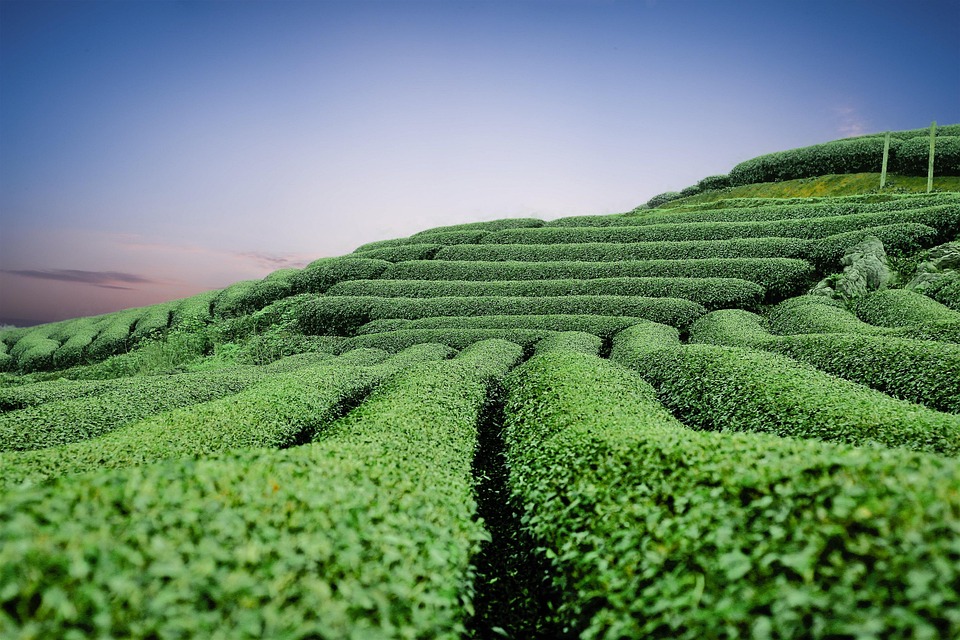### Local to Global: The Impact of Sustainable Farming on Food Systems
Standing knee-deep in rich, dark soil, I often embrace a perfect morning. The sun glistens on the dew-kissed leaves of heirloom tomatoes, and the hum of bees dances through the air. There’s magic in this growing moment, knowing that the food I cultivate is not just nourishing my family but also contributing to a much larger cause. Sustainable farming is like a bridge connecting local bounty to global systems, weaving a fabric of environmental stewardship, economic resilience, and community empowerment. Let’s dive into how sustainable farming practices can ripple from our own backyards to influence food systems around the globe.
#### The Roots of Sustainable Farming
Sustainable farming encompasses a variety of methods aimed at producing food in a way that respects natural ecosystems and promotes social equity. It’s about working in harmony with nature rather than against it, nurturing the land for future generations. Techniques such as crop rotation, cover cropping, and organic pest management are just the tip of the iceberg.
One beautiful truth about sustainable farming is its adaptability. Whether you’re in a bustling urban garden or a sprawling rural farm, sustainable practices can create a positive impact. And this impact doesn’t stop at the fence line; it extends far beyond, intertwining with global food systems.
#### Local Impact: Revitalizing Communities
At local levels, sustainable farming fosters a range of benefits. Community-supported agriculture (CSA) programs enable local farms to connect directly with consumers. This deepens bonds within the community while simultaneously ensuring farmers receive fair compensation for their labor. When consumers know where their food comes from, they also gain a greater appreciation for the ecosystem that supports food production.
Moreover, local food systems bolster economic resilience. By investing in local farms, communities create jobs and retain food dollars within the area. This circular economy ensures that money spent on food supports local artisans, transporters, and farmers, leading to enhanced community well-being.
#### The Environmental Advantages
One of the most compelling aspects of sustainable farming is its positive impact on our environment. Traditional monoculture farming has led to soil degradation, loss of biodiversity, and increased carbon emissions. Sustainable practices, however, reverse these trends by:
1. **Improving Soil Health**: Techniques like composting and cover cropping enhance the organic matter in soil, fostering a living ecosystem rich in microbes that promote nutrient cycling.
2. **Conserving Water**: Innovative irrigation methods like drip systems reduce water waste, while practices like agroforestry allow for cooler microclimates that preserve moisture.
3. **Enhancing Biodiversity**: By planting a variety of crops and incorporating native species, sustainable farms support a plethora of organisms, from beneficial insects to birds, creating a resilient farm ecosystem.
#### Global Reach: A Ripple Effect
The impact of sustainable farming doesn’t just stop at local markets; it has significant global implications. As more farmers adopt sustainable practices, we see a shift toward more resilient food systems that can withstand climate change. Regions that focus on sustainable farming can become models for others, showcasing the economic viability and environmental necessity of these practices.
In developing countries, sustainable farming can help alleviate poverty. By providing smallholder farmers with training in sustainable techniques, they can improve yields and food security. Additionally, accessing global markets through fair trade initiatives can empower these farmers economically, lifting communities out of poverty and creating pathways to education and health.
#### A Healthier Future
Sustainable farming not only nurtures the land but also benefits human health. Food produced through organic methods is often free from harmful pesticides and chemicals, leading to higher nutritional values. Furthermore, local systems typically rely less on long-distance transportation, meaning fresher food with fewer carbon emissions associated with its journey.
#### Engaging the Consumer: The Power of Choice
Consumers play a vital role in shaping food systems. When individuals make informed choices, they support sustainable practices, sending a clear message to farmers and markets. The popularity of farmers’ markets, organic products, and plant-based diets indicates a growing consumer awareness concerning where food comes from and its implications for health and the environment.
#### Pro Tips for Supporting Sustainable Farming
1. **Choose Local**: Seek out farmers’ markets or CSAs in your area. Not only will you get fresher produce, but you’ll also be supporting local agriculture.
2. **Grow Your Own**: Even a small balcony garden can contribute to your sustainable goals. Start with herbs or easy-to-grow vegetables to begin your journey.
3. **Educate Yourself**: Knowledge is power. Read up on the benefits of sustainable practices and share this information within your community.
4. **Participate in Community Initiatives**: Engage with local organizations that support sustainable farming through workshops, volunteer opportunities, or advocacy.
5. **Embrace Seasonal Eating**: Seasonal foods are often more sustainable. They don’t require the same level of resource expenditure to grow outside their natural growing seasons.
6. **Advocate for Policy Change**: Support local and national policies that promote sustainable farming practices and incentivize farmers.
#### The Future of Food Systems
With climate change and a growing global population, the need for sustainable food systems has never been more urgent. By embracing sustainable farming and encouraging others to do the same, we can work toward a future where food security is not a privilege, but a right shared by all.
#### Conclusion: A Shared Responsibility
The journey from local to global through sustainable farming illuminates a path forward for humanity. It’s not just about the act of growing food; it’s about fostering thriving ecosystems, enhancing community well-being, and creating a healthier planet. Each small step taken at the local level carries the potential to create a wave of change that can ripple across the globe.
Together, as consumers, farmers, and advocates of sustainability, we can forge strong connections that lead us towards a more resilient food system. So the next time you bite into a juicy tomato or sip freshly squeezed juice, remember—the choice you make is part of a much larger narrative, one that can define the future of our food systems for generations to come.



